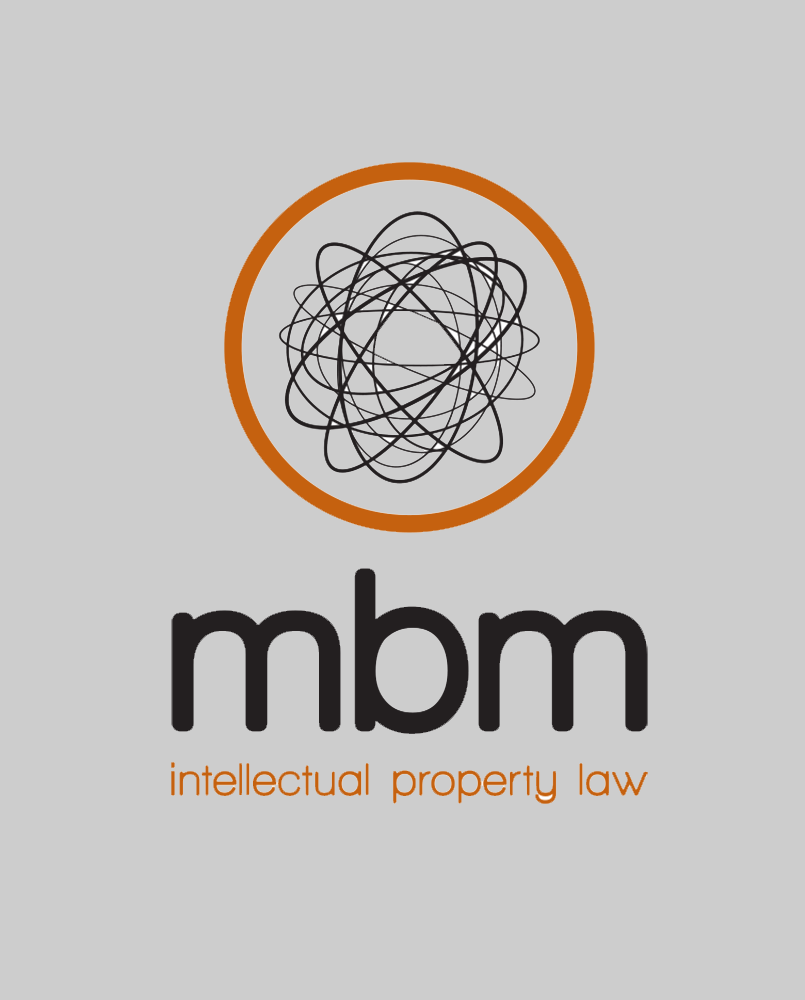Protecting your ideas by safeguarding your intellectual property rights is a crucial initial step. Your IP assets provide multiple strategic advantages and can be commercialized in various ways. IP licensing and transactions are one avenue that allows businesses to monetize their intellectual property assets or expand their business in other geographic areas.
For IP owners, licensing generates revenue streams without the need for significant capital investment, allowing them to monetize their innovations while focusing on core activities. It also enables IP owners to expand their market reach by partnering with licensees who have the necessary local market expertise, distribution channels, and market presence. For licensees, acquiring IP rights to use accelerates product development and market entry, reducing the time and cost associated with developing new technologies from scratch.
At MBM, we utilize our technical and legal IP expertise in drafting, reviewing or negotiating well-crafted licensing agreements and other IP transactions and contracts. We work with our clients to help enhance their competitiveness and growth potential by making licensing an important part of their IP strategy. We work with universities, research institutions, startups, SMEs, and large corporations, advising them on best practices for securing proper licensing agreements and other transactional matters involving intellectual property. Whether you need IP due diligence and valuation done as part of an M&A transaction, a material transfer agreement for a joined R&D project, a technology transfer as part of a university spin-off, or a complex licensing agreement, MBM can help.
What do we provide as part of MBM’s licensing, IP transactions, agreements, & contracts services?
- IP due diligence and valuation for M&A deals and transactions
- Draft/review patent, industrial design, copyright, trademark and domain name license agreements
- Draft/review confidentiality/non-disclosure agreements
- Draft/review technology acquisition, transfer & sale agreements
- Draft/review IP assignments
- Draft/review material transfer agreements
- Draft/review distribution agreements
- Draft/review IP provisions for reseller agreements
- Draft/review IP provisions for Original Equipment Manufacturer (OEM) agreements
- Draft/review IP provisions for employment/engagement contracts for employees, contractors and consultants
- Draft/review IP provisions for joint venture agreements, research & development collaboration agreements, and business development agreements
- Draft/review website “Terms and Conditions” and “Terms of Use”
- Draft/review end-user license agreements
- Draft/review Software license and SaaS agreements
- Draft/review copyright releases
- Draft/review know-how and trade secret agreements
- Draft/review franchise agreements
How to get started?
MBM is happy to provide the initial consultation free of charge to help you first identify your specific intellectual property needs.
Book a Consultation

Clients We Have Worked With
What our clients say about us
























